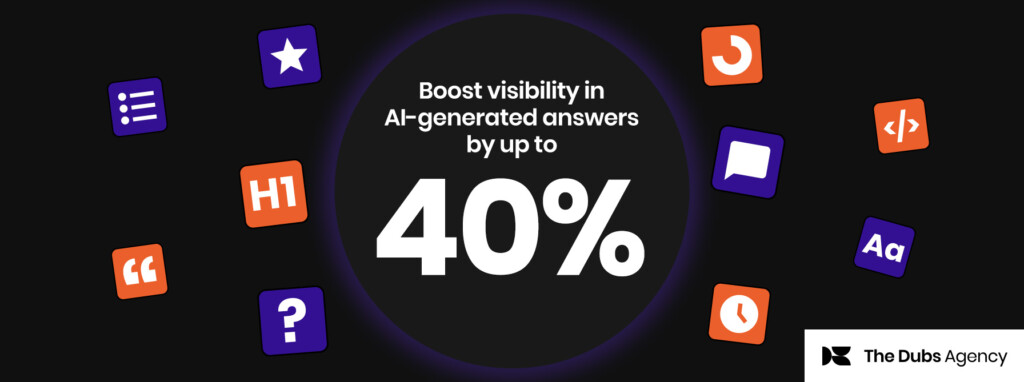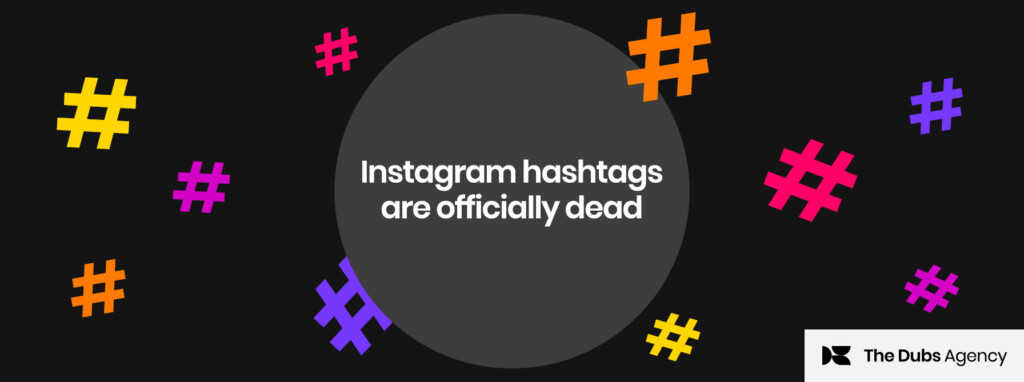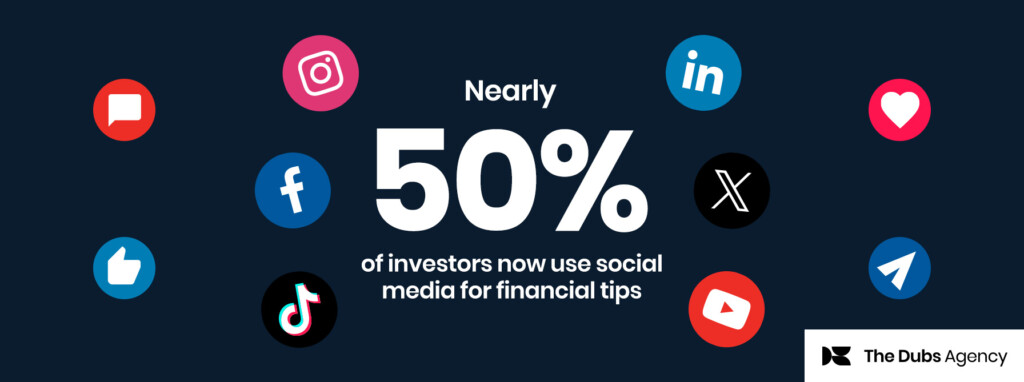Video is huge. We already know a third of online activity is time spent watching video, with 89% of consumers watching video on social networks a few times a week or more. But given the limited resources and the plethora of video platforms out there – where should financial brands focus their social video efforts in order to get the best bang for their buck?
Define the goal before you pick the video platform
Unfortunately, there’s no black and white answer when choosing the right social video platform. It’s all about doing your research across both your audience and the available platforms BEFORE you commit. Points to consider include:
- Who you are targeting with the video content?
- Where the video content comes from – are you producing specifically for the platform or repurposing? This may limit the options of platform choice.
- The technical requirements of the platform – e.g vertical vs horizontal, size limits.
- The length of the video content – short and straight to the point like X or longer-form content like YouTube.
Social video platforms: weighing up your options
YouTube
Best for: Educational and how-to content, episodic content series
YouTube may seem like the obvious choice to promote your video content, given more than one billion hours of video are watched on the platform every day. However, the size of the platform can also mean that it’s easy for your content to get lost among the thousands of videos uploaded daily. Optimisation of video content is key to being seen on YouTube.
YouTube videos benefit from high visibility in Google search results, so come with an in-built SEO bonus. With a high dependency on search to surface its results, the platform is well-suited to educational, awareness and how-to videos. Attention span is also likely to be slightly higher on YouTube as viewers are actively searching for specific content.
Best for: Short videos that work without sound – educational, fun content with simple captions
With an algorithm based around engagement, Facebook not only has the benefit of a large audience – 1.15 billion users daily – but the potential for high numbers of views from a captive audience of engaged page Followers. Facebook users are likely to be scrolling through their feed, open to easily digestible content rather than longer, in-depth content.
The downside of this newsfeed algorithm is the relatively limited lifespan of any given video – once the initial engagement drops off; the video will quickly drop out of timelines and may have as short a lifespan as a day. Unless you have the production budget to take advantage of the newly launched Facebook Watch, it may be wise to test simple, short videos that allow you to trial the platform without investing heavily.
Best for: Behind-the scenes content, teasers, brand building snippets
Characterised by simple, short and visually appealing videos in both the feed and stories, Instagram appeals to a younger audience. Instagram has the added benefit of the link in bio feature as well as the Swipe Up option (on accounts with over 10,000 followers) meaning it is less of a closed ecosystem than either Facebook or YouTube. The greatest struggle with the platform may be how it fits into your broader customer cycle; given its relatively young audience. Hashtags and a simple link boosting tool like Later.com can help with this; providing greater discoverability options that you can also push back to your customer journey.
Best for: B2B brand building, how-to and FAQ videos
With video posts currently a minority on the LinkedIn feed, there’s a great opportunity for smaller brands to compete in a large market, building their brand expertise with regular LinkedIn videos. Thought leadership content, testimonials, and case studies are perfect content for LinkedIn and are likely to get more engagement than on other platforms given the more ‘professional’ mindset of the audience.
X
Best for: On-brand responses in real-time, conversational video
X’s biggest draw is its real-time focus and the opportunity it offers to ‘join the conversation’. The brand suggests that Tweets with videos are 6x more likely to be retweeted than Tweets with photos and 3x more than Tweets with GIFs. The key to video success on X is building content around significant events/news that will resonate with your target audience. The brand is also heavily investing in their video advertising options, including in-stream video ads.
Tweets with videos are 6x more likely to be retweeted than Tweets with photos and 3x more than Tweets with GIFs.
Snapchat
Best for: Behind-the-scenes content, teasers, promotional video
Like Instagram, Snapchat appeals to a younger audience, with 45% of its audience made up of 18-24 year olds. Discovery on the platform can be tough as there are no hashtags and limited discoverability tools to help users find the topics they’re interested in. The platform has struggled in recent months, with user numbers shrinking for the first time in its history this year. The platform does still have 188 million users, however, so it shouldn’t be completely disregarded, particularly if you are honing in on a younger demographic.
While it’s certainly not a case of one size fits all, it’s better to be spoiled for choice when it comes to sharing video content. You also don’t necessarily need to limit yourself to just one platform.









